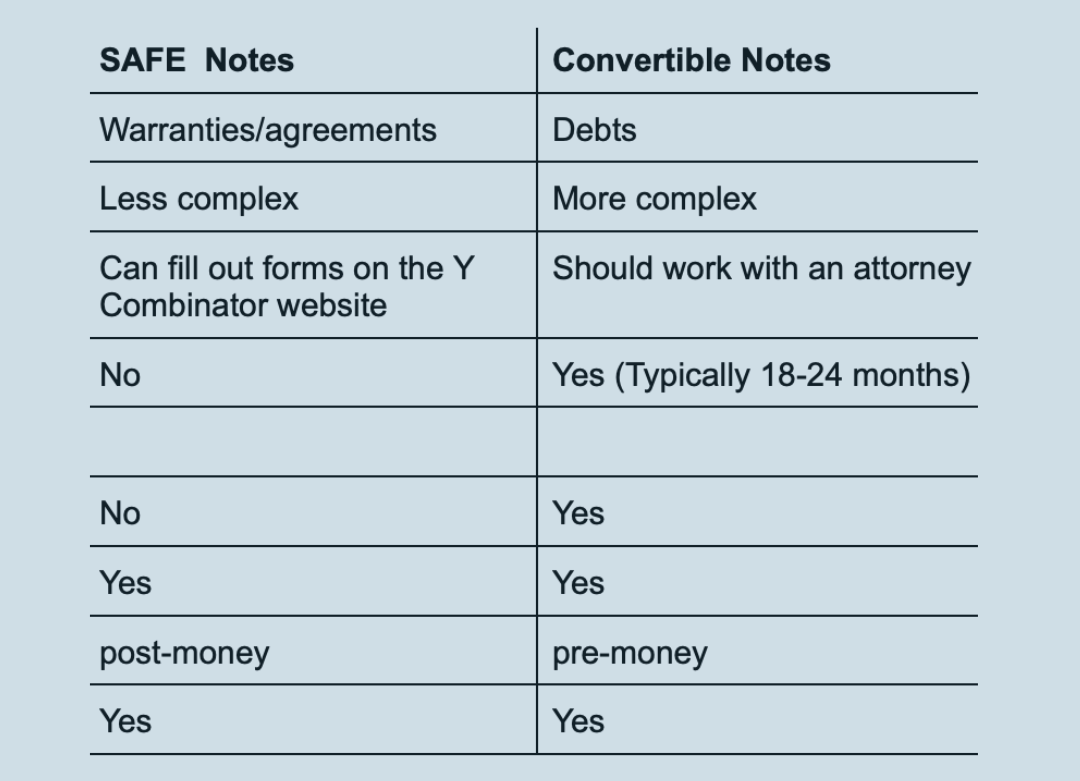Calculating Total Revenue
Calculating total revenue is a fundamental aspect of managing any business, yet it is often overlooked or miscalculated. Total revenue, which is the starting point for determining the success of your business, is crucial for understanding the financial health of your business, evaluating the performance of your products or services, and planning for long-term success. In this guide, we will explain the calculation of total revenue, provide practical examples, and discuss the relationship between the income statement and the company’s profitability.
If you don’t know your total revenue, it can be quite difficult to manage your product/service offerings, and quite difficult to plan for long-term success.
Total Revenue Formula and Example
Fortunately, the total revenue formula is fairly straightforward. Here it is:
Quantity Sold x Price = Total Revenue
Example: Imagine you sell t-shirts and each one costs $75. If the number of units sold was 100 t-shirts per month, your total revenue for that month would be $7,500. (100 X $75 = $7,500).
You can use this same formula to figure out how many more t-shirts you’d need to sell to make the same amount of money before you offer a discount. The difference is that now, you’ll need to divide your previous total revenue figure by your discounted price.
If your discounted price is $70, then your calculation will be $7,500/$70. Your answer will be 107.14 t-shirts. This means, you’ll have to have at least 107 units sold of t-shirts to earn the same revenue you made before the discount.
How does the Income Statement relate to Total Revenue?
The income statement, which is a history of how your business has performed over a certain time period will list your total revenue, including any non-operating income such as lawsuit proceeds or sale of an asset. You’ll find that the income statement is easy to read and understand, especially when you compare it to other financial statements.
It will contain the following sections:
Total Revenue: All the money you’re business earned during the period.
Cost of Good Sold: How much it cost to produce what you sold during the period.
Operating Expenses: How much you spent to run your business, including rent, payroll, marketing costs, etc.
Total revenue, also known as the top line or gross income of the income statement, represents the total amount of money generated from the sale of goods or services before any expenses are deducted. This metric is often referred to as the bottom line, profit, income, or performance, and is crucial for effective financial planning. Analyzing total revenue trends, including gross sales and gross revenue, can help businesses forecast future growth, allocate resources efficiently, and make informed decisions. Understanding how the income statement and top line of your income statement are related is essential for optimizing financial strategies and ensuring long-term success.
The Importance of Total Revenue in Financial Planning
When it comes to financial planning, understanding your total revenue is a game-changer. It’s not just about knowing how much money you’re making; it’s about using that information to drive your business forward. Here’s why total revenue matters and how it can help you optimize your business strategies.
Example:
If your revenue has been increasing steadily by 10% each quarter, you can reasonably expect a similar increase in the coming quarters. This insight allows you to plan for additional inventory, hire more staff, or expand your marketing efforts to sustain that growth.
Allocate Resources Effectively
Knowing which products or services are your big money-makers lets you focus your resources where they’ll have the most impact. This means better investment in marketing, production, and development of those high-revenue items.

Make Informed Decisions
Accurate total revenue data is like having a detailed map when you’re making business decisions. It helps you make smarter choices about pricing, marketing, and product development.
Example: Imagine you’re considering a price hike on your best-selling product. By analyzing your total revenue data, you can see how past price changes affected sales. If a previous increase led to higher revenue without a drop in sales, it’s a good indicator that another price adjustment could be beneficial.
Ready to Increase Your Revenue? Contact GrowthLab Today
At GrowthLab, we help small businesses like yours succeed. You can trust us to calculate your total revenue and make recommendations on how you can use it to increase your revenue and meet (or even exceed) your business goals.
Frequently Asked Questions About Total Revenue
What is the Difference Between Total Revenue and Net Revenue?
Total Revenue: The gross income from all sales.
Net Revenue: Total revenue minus returns, allowances, and discounts. Net revenue gives a more accurate reflection of actual sales income.
Why is Total Revenue Important?
Total revenue is a critical measure of a company’s ability to generate sales and is a key indicator of business performance. It is used to assess the company’s market share, growth, and profitability potential.
What is the Difference Between Total Revenue and Sales?
The terms are often used interchangeably, but "sales" usually refers specifically to revenue generated from the sale of goods or services, while "total revenue" can include all sources of income, such as interest, royalties, or other income streams.
How is Total Revenue Reported on Financial Statements?
Total revenue is reported at the top of the income statement under the section labeled “Revenue” or “Sales.” It is the starting point for calculating net income.
How Does Total Revenue Differ for Service Companies vs. Product Companies?
Service Companies: Revenue is generated from services rendered, often based on billable hours or project completion.
Product Companies: Revenue comes from the sale of physical goods, typically measured in units sold.
Other Blogs Related to Startup Finance






